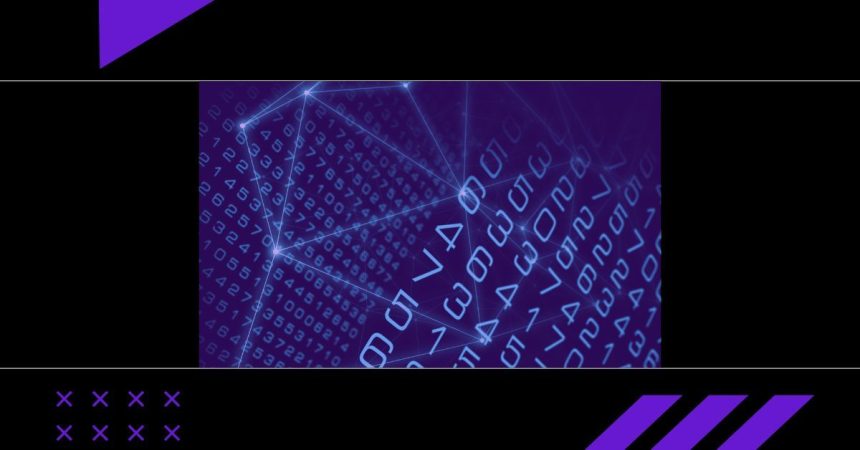Blog
Aug 31, 2023
The Power of Threat Intelligence in Cyber Defense
Enter the realm of threat intelligence, a proactive measure that offers a critical advantage to cybersecurity defense teams.
4 min read

In today’s digital landscape, cyber threats evolve at an unprecedented rate, presenting a complex challenge to organizations globally. As CISOs, CTOs, and CIOs grapple with a diverse threat landscape, it becomes essential to stay a step ahead. Enter the realm of threat intelligence – a proactive measure that offers a critical advantage in the ongoing battle against cyber adversaries.
What is Threat Intelligence?
Threat intelligence, in its essence, refers to organized, analyzed, and refined information about potential or current cyber threats that target an organization. This information is sourced from various channels – open-source intelligence, social media intelligence, human intelligence, technical intelligence, and even intelligence from the dark web. When pieced together, these datasets provide a holistic view of the threat environment specific to an industry, region, or even a particular entity.
The aim? To empower security teams with actionable insights, enabling them to anticipate, prepare for, and counter potential threats before they manifest into tangible attacks.
Sources of Threat Intelligence include:
- Open-source intelligence (OSINT) includes freely available information from public sources such as blogs, forums, and news articles.
- Technical intelligence derives from internal organizational sources such as logs, traffic patterns, and previous attacks.
- Human intelligence (HUMINT) involves undercover operations, informant networks, or insider threat reports.
- Social media intelligence (SOCMINT) is sourced from social platforms and can provide insights into emerging threats or tactics.
- Commercial vendors can offer premium feeds that curate and analyze threat intelligence from various sources.
- The dark web is another source where threat actors might sell or share information about potential attacks or available tools.
Raw data, in itself, is not very useful. Threat intelligence platforms or professionals typically process this data to provide actionable insights. This might involve correlating different data points, analyzing patterns, and adding context to help security teams understand the relevance of a particular threat.
Why is Threat Intelligence Crucial for Cyber Defense?
- Proactive defense: Traditional security measures tend to be reactive. They respond after an incident occurs. With threat intelligence, security teams are equipped with foresight. By understanding potential threat vectors and attacker methodologies, organizations can bolster defenses and deploy resources where they are most needed.
- Enhanced decision-making: Security leadership often needs to make critical decisions under pressure. Threat intelligence provides a data-backed framework for making informed decisions about investments, risk management, and response strategies.
- Tailored security posture: Not all threats are created equal. Some may pose a significant risk to one organization and be irrelevant to another. By understanding specific threats tailored to an organization’s industry, region, or business model, security teams can develop strategies that address the most pertinent risks.
- Reduced alert fatigue: Security teams are often inundated with countless alerts daily, many of which can be false positives. Threat intelligence can help prioritize and filter these alerts, ensuring that teams focus on the most pressing threats.
- Collaborative defense: Threat intelligence sharing among organizations and within industries can lead to a collective defense strategy. By pooling resources and knowledge, organizations can build a more comprehensive defense against common adversaries.
Harnessing the Power of Threat Intelligence
For organizations to effectively leverage threat intelligence, certain best practices need to be ingrained:
- Integrate with existing tools: Threat intelligence is most effective when integrated with existing security tools like SIEMs, endpoint protection platforms, and intrusion detection systems. This ensures real-time threat data is used to enhance detection and response capabilities.
- Regularly update and refresh: The threat landscape is constantly changing. Regularly updating threat intelligence feeds and data sources ensures that organizations are not caught off guard by new tactics or emerging threats.
- Invest in training: Like any tool, threat intelligence is only as good as the people using it. Investing in regular training for security teams ensures they know how to interpret and act on the data they receive.
- Prioritize actionability: The goal of threat intelligence is not just to gather information but to act on it. Ensure that the intelligence collected is actionable. If it doesn’t offer a clear path to improve defense or respond to a threat, its value diminishes.
Conclusion
In a world dominated by evolving cyber threats, staying reactive is no longer enough. Threat intelligence provides the proactive edge that organizations need to anticipate threats, bolster defenses, and protect their assets. For security leadership, understanding and integrating threat intelligence into the broader cyber defense strategy is not just a best practice—it’s a necessity.
Enhance your team’s skills and knowledge with OffSec’s practical cybersecurity training programs designed for SOC and defensive security professionals. Our comprehensive training program and the OffSec Defense Analyst (OSDA) certification provide individual learners and teams with hands-on exercises and real-world scenarios to develop critical thinking and problem-solving skills. Learn more here.
Latest from OffSec

OffSec News
Evolve APAC 2024: Key Insights
Discover key insights from Evolve APAC 2024 on building skills, career growth, and tackling cybersecurity challenges with expert advice.
Nov 21, 2024
8 min read

Enterprise Security
How to Use Assessments for a Skills Gap Analysis
Discover how OffSec’s Learning Paths help organizations perform skills gap analyses, validate expertise, and strengthen cybersecurity teams.
Nov 19, 2024
4 min read

Enterprise Security
The Human Side of Incident Response
Effective incident response requires decision-making, adaptability, collaboration, stress management, and a commitment to continuous learning.
Nov 8, 2024
5 min read